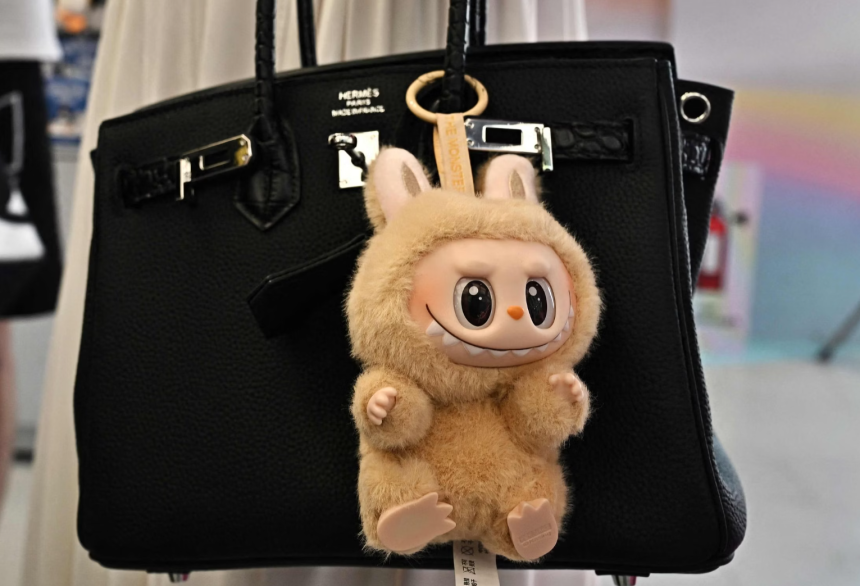Global Demand Rockets Profits
Chinese toy giant Pop Mart revealed that its net profit for the first half of 2025 is expected to rise at least 350%, thanks to the explosive popularity of its collectible Labubu dolls. The surge follows revenue growth of over 200% during the same period.
Labubu: From Nordic Myth to Internet Icon
Originally created by artist Kasing Lung in 2015 and launched in partnership with Pop Mart in 2019, Labubu’s elvish design and “blind box” mystery format have captivated Gen Z and millennial consumers globally. Even celebrities like Rihanna and K-pop star Lisa have appeared with Labubu charms on luxury bags—a trend dubbed “ugly‑cute” by fashion commentators.
Profitability Boosted by Scale and Efficiency
Pop Mart’s statement revealed improved cost controls and stronger brand recognition as key drivers behind the profit leap. Its Hong Kong-listed stock, now valued at around US $40 billion, has soared nearly 600% over the past year, supported by a gross margin of approximately 67%.
International Growth and Collaborations
Global expansion has been central to the Labubu phenomenon:
- June U.S. sales skyrocketed by 5,000% year-on-year.
- Pop Mart now operates over 130 international outlets and nearly 200 vending robots alongside a robust network of stores and pop-ups.
- Strategic brand tie‑ups—like limited editions with Coca‑Cola and One Piece—have also widened consumer reach.
Collectible Culture & Regulatory Concerns
Labubu’s “blind box” sales model drives repeat purchases and secondary market speculation—some rare units resell for hundreds. However, critics caution it may promote compulsive buying, especially among minors, prompting some countries to monitor purchasing practices.
What Lies Ahead
To sustain its momentum, Pop Mart plans to:
- Expand further overseas, including new U.S. store openings through late 2025.
- Broaden character lines beyond Labubu to reduce volatility tied to a single trend.
- Manage scaling challenges such as counterfeit products and regulatory scrutiny stemming from its sales model.
Bottom Line
The Labubu phenomenon has transformed Pop Mart into a global toy powerhouse—turning a quirky plush doll into a multibillion-dollar cultural icon. As profits surge and international ambition grows, the company must now navigate market ethics, sustainability, and creative innovation to maintain its winning streak.










